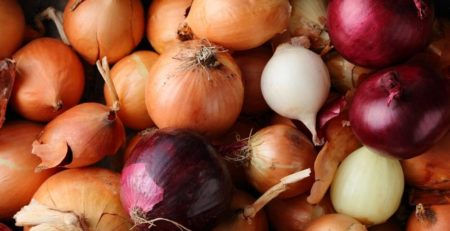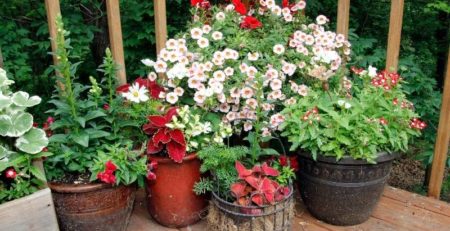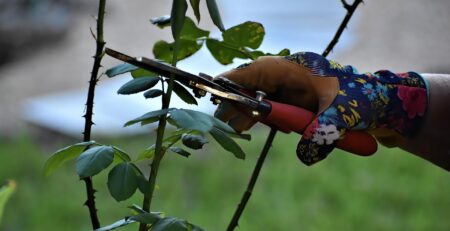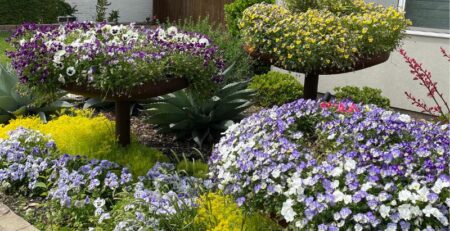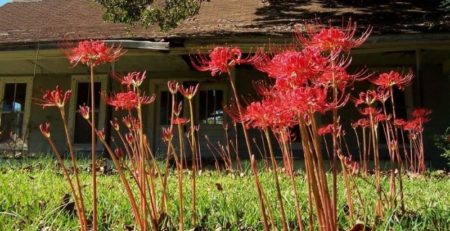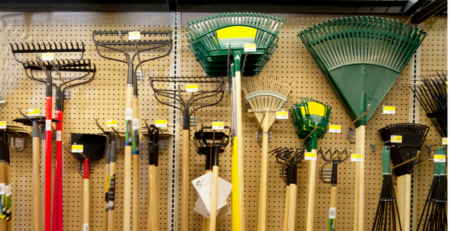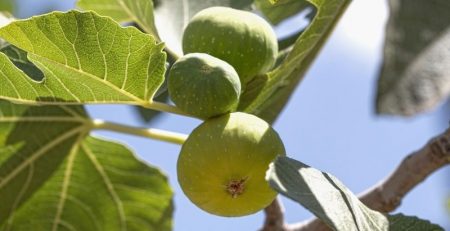Urban Composting Basics
Many may be wondering what compost is, and why it is important? Some may think it is a disgusting or dirty idea. Yet the process of composting is one of the most important ways to both reduce food and yard waste in your home and feed your plants with a nutrient rich soil product that will help your urban landscape survive and flourish over time.
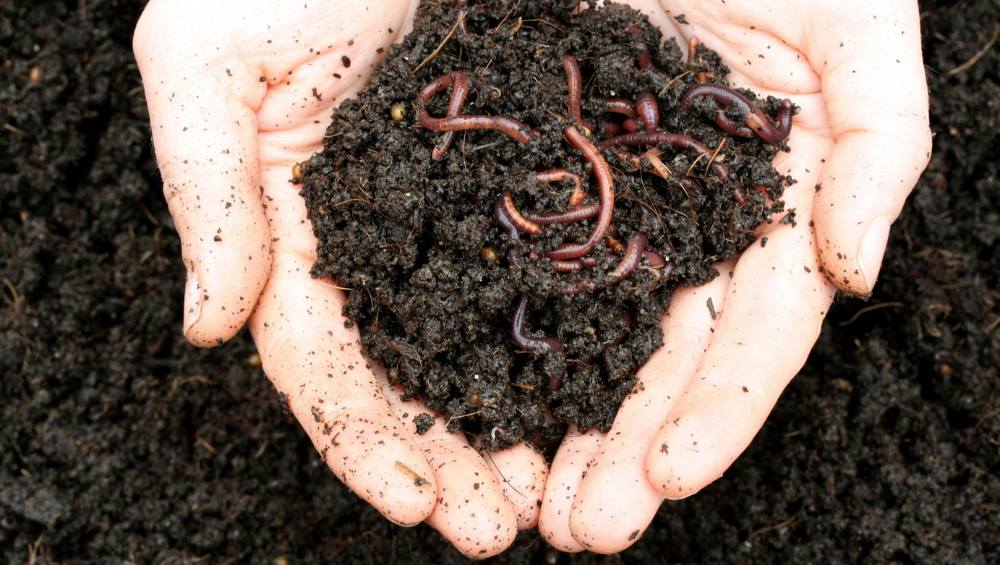
Let’s get started with the WHY of composting. There are three important dimensions of the why:
Composting is important for our soil.
- Compost rebuilds urban soil by improving soil structure, drainage, aeration, and moisture-holding capacity.
- Compost provides nutrients that modify and stabilize soil pH and promote plant growth.
- Compost is NOT fertilizer. Compost has a full spectrum of macro/micro-nutrients while fertilizer is meant to replace specific nutrients that are missing in the soil.
Composting is important for our environment.
- Approximately 30% of what goes into landfills is compostable kitchen and yard waste.
- Composting reduces strain on landfill and methane gas production.
- The average U.S. household generates 650 pounds of compostable materials each year.
- Food is the single largest item in the US waste stream.
Cost Savings
- You can apply compost to any growing thing in your urban space (e.g.: grass, trees, shrubs, flowers, and vegetable/herb gardens).
- If you are regularly applying compost to such spaces, you shouldn’t have to pay for expensive fertilizers.
- You are saving on the cost of soil additives, water, time, and services by composting.
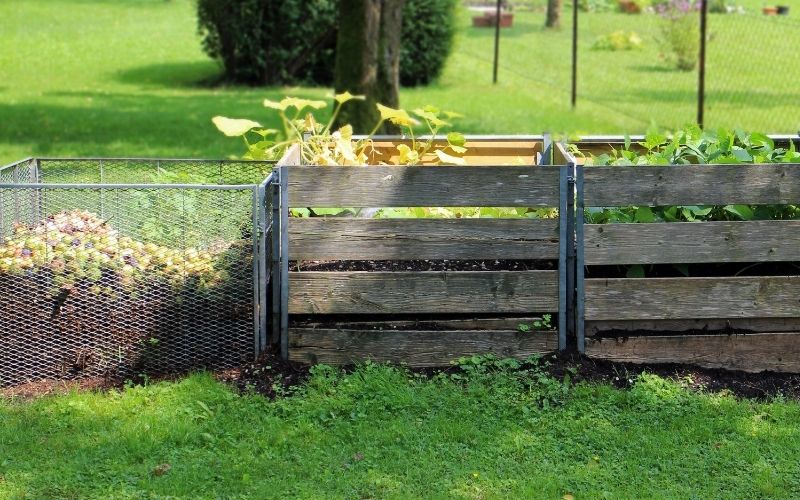
Compost is essentially organic materials that have decomposed to create a stable soil product that feeds plants. Sounds simple, right? Well, in case it doesn’t or feels overwhelming, let’s break it down into the idea of a recipe. Think about a recipe with four main ingredients. Those ingredients are carbon (brown items), nitrogen (green items, including food scraps), water, and air.
Once you have all these ingredients, there are different ways that you can mix them to create compost in your home space. One of the more important things to remember is that you need to ideally have a 40:1 ratio of carbon (browns) to nitrogen (greens). In essence, don’t underestimate how much brown materials you need for a constantly cooking compost recipe.
Now, let’s get started with the WHAT of composting, and HOW compost is made.
Carbon
Nitrogen
Water
Air
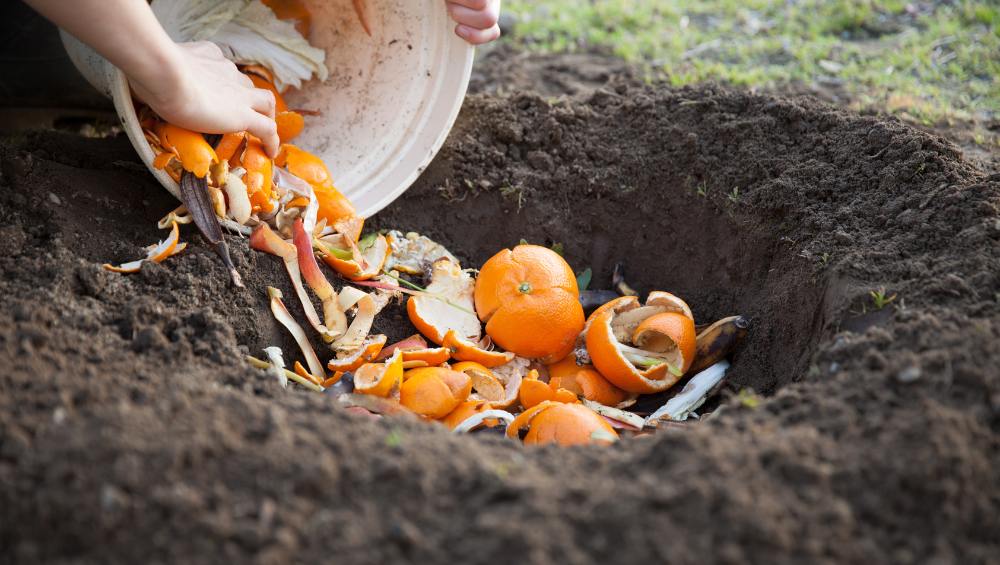
Here are some basic methodologies for composting at home:
Walkway Composting: Dump leaves in trenches between raised beds or in garden walkways, then walk on them. As the leaves compress, add more leaves. By the end of the gardening season the leaves will be partially decomposed and ready to be put back in your garden
Sheet Composting: Layer leaves or other organic items in your garden and landscaping beds. Time will break the materials down and create another healthy layer of organic matter to your soil.
Heap Method: Organic materials can be left in heaps or mounds. If you want a less-maintenance approach (called the static method), your compost will be ready in approximately six months. If you turn it more frequently in a pile (adding more oxygen), you can have finished compost in three to four months. Traditional commercial compost facilities call this the windrow method.
Container Method: This is perhaps the best way to compost at home. You can purchase ready-made bins like a tumbler, or a square or circular bin from a local hardware store. My personal favorite is called a “shepherd’s bin”. There are also many DIY options as well purchasing chicken or landscape wire and making one on your own using simple tools.
Hugelkultur: The basis of this method is that decaying wood creates a good growing space (releases moisture and nutrients over time). This is a wonderful way to create a growing space like a vegetable bed or even to surround trees with a moist nutrient soil layer.
Vermicomposting: Vermicomposting (which means composting with worms) is good for locations where limited space is a problem. The general idea is that red wiggler worms (or other compost worms) eat your food scraps and their castings create a valuable soil amendment, called worm castings. You can order bins and the worms online, and you can also make a DIY bin.
In conclusion, composting is hugely important for our environment, our DFW soil, and the plants that grow in it. If it is your first time, don’t be intimidated, don’t strive for perfection, but just get started. You will learn as you go and adjust your techniques as needed. There are a ton of free educational resources out there.
Resource: Texas A&M AgriLife and US Composting Council


